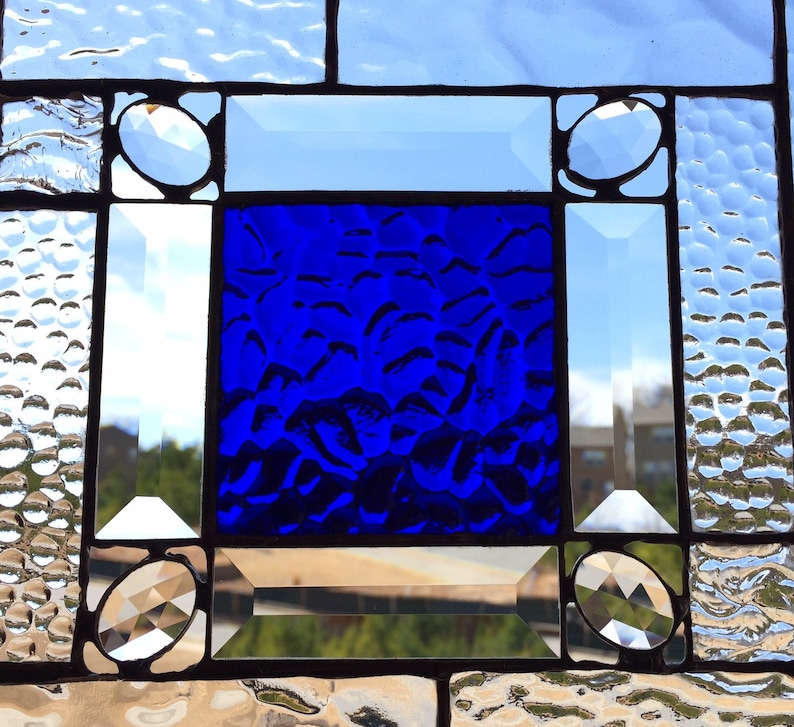
Rigid parenting, the heavy secret of his homosexuality and the stress of fighting in the Second World War doubtless took their toll, too. Private collectionĪrguably, Kelly can never quite remove himself entirely from the work – can any artist? During 1953, Kelly’s final year in Paris, he suffered from depression it feels no coincidence that his work from that period switches starkly into black and white. These are not random geometric shapes and pretty colours, but personal responses to a diverse mix of influences and snapshots: architectural details, birds and insects, tribal carvings, Romanesque cathedrals, Byzantine icons, Old Master paintings such as Lorenzetti’s Virgin and Child, Brancusi sculptures, a woman’s green scarf glimpsed in the street, the curve of a young man’s buttocks, stripes of shadow on the steps of a villa in the south of France.Īvocado (1959), Ellsworth Kelly. A short circuit in the brain.’īy absenting any overt self-expression from the canvas, Kelly freed himself up to reflect life in a highly codified fashion. While my eye was tracing it, I felt a brief, intense flash of something that I can’t name: a perception of perception, perhaps. It was like the horizon of a world that made a non-world of all of the space outside it. He recalled a Damascene moment experienced 30 years earlier, while standing before one of Kelly’s elongated canvases: ‘The unhurried curve got me. Writing in the New Yorker after the artist’s death, the critic Peter Schjeldahl described Kelly’s paintings as possessing the ‘suddenness of miracles, and the improbability’. His way of representing the world is surprisingly expressive his vast canvases and monumental sculptures are capable of eliciting profound emotional responses. And yet, the effect is not clinical or robotic, but the reverse. His single-minded quest was to remove all personality from his art – to eliminate the hand of the artist, to make the brushstroke invisible he wanted to make works that were ‘objects, unsigned, anonymous’, as he put it. While other artists collided with and diverged from his style, he kept doggedly on.

He took his own unwavering path from the late 1940s onwards. He was influenced by, yet ultimately broke away in formal terms from, abstract artists such as Mondrian was living in Paris during the Abstract Expressionist explosion of Pollock and Rothko and was never a part of it on his return to New York.

Magpie-like, Kelly collected snapshots of everyday life and immortalised them in euphoric shades. Kelly’s work has endured in part because his pared-back evocations of the ordinary have a timeless quality he was immune to shifting artistic fashions. Oh, and a fashion shoot in Vanity Fair featuring bright, primary-coloured clothes and accessories in homage to Kelly.Įllsworth Kelly, photographed on Venice Beach, Los Angeles in 1994 Elsewhere, there’s a large retrospective, ‘Ellsworth Kelly at 100’, at Glenstone in Maryland (until March 2024), which will travel to Paris and Doha portrait drawings at the Art Institute of Chicago (1 July to 23 October) photographs at Santa Barbara Museum of Art (15 October to 14 January 2024) – as well as shows in Rome and Oslo.

His birthday, 31 May, was declared Ellsworth Kelly Day in an official proclamation by the mayor of New York City, while a city-wide programme to celebrate ‘EK100’ has included exhibitions at MoMA, a sculpture show at Lever House (until May 2024) and tours of his studio in the upstate hamlet of Spencertown.
COBALT BLUE STAINED GLASS FULL
The milestone is being given the full honours – particularly in the United States, where he is lauded as a titan of his generation. This year marks the centenary of Kelly’s birth. An artist dedicated to the impersonal, whose work includes deeply sensual curves and homoerotic postcard collages to his long-term partner, Jack Shear. A minimalist working with what seems to be extreme simplicity of form, shape and colour, yet whose art speaks with a sophisticated aesthetic vocabulary. An atheist whose sudden conversion to a fully abstract style has all the characteristics of a religious epiphany, and who created a transcendent temple of light (Austin, 2018). An apparently hard-edged painter who, in fact, rejected much of the cold geometry of abstraction and whose work reflects reality. He is an American artist with distinctly European influences, whose formative years were spent in post-war Paris. That an artist whose work seems to be all clean lines, flat paint and abstract form is rooted in the messiness of life is just one of many contradictions about a figure who doesn’t fit neatly into any box – however neat and boxy his work might seem. ‘I did not want to “invent” pictures, so my sources were in nature, which to me includes everything seen,’ Ellsworth Kelly (1923–2015) once said. From the July/August 2023 issue of Apollo.


 0 kommentar(er)
0 kommentar(er)
